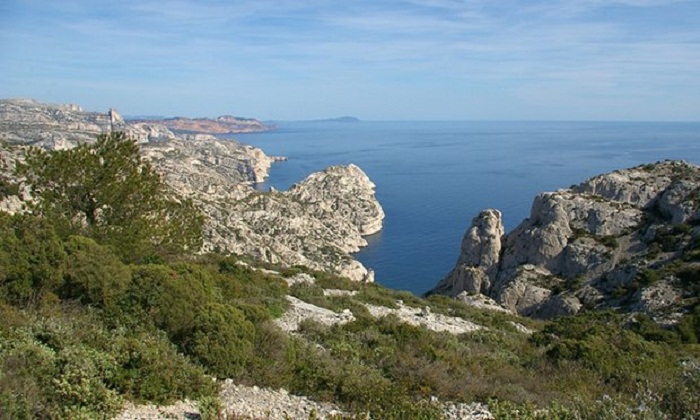Climate change rate to turn southern Spain to desert by 2100, report warns

The study, published in the journal Science, modelled what would happen to vegetation in the Mediterranean basin under four different paths of future carbon emissions, from a business-as-usual scenario at the worst end to keeping temperature rises below the Paris climate deal target of 1.5C at the other.
Temperatures would rise nearly 5C globally under the worst case scenario by 2100, causing deserts to expand northwards across southern Spain and Sicily, and Mediterranean vegetation to replace deciduous forests.
Even if emissions are held to the level of pledges put forward ahead of the Paris deal, southern Europe would experience a “substantial” expansion of deserts. The level of change would be beyond anything the region’s ecosystems had experienced during the holocene, the geological epoch that started more than 10,000 years ago.
“The Med is very sensitive to climatic change, maybe much more than any other region in the world,” said lead author Joel Guiot of Aix-Marseille University. “A lot of people are living at the level of the sea, it also has a lot of troubles coming from migration. If we add additional problems due to climate change, it will be worse in the future.”
He said that while his study did not simulate what would happen to production of Mediterranean food staples such as olives, other research showed it was clear the changes would harm their production. Climate change has already warmed the region by more than the global average – 1.3C compared to 1C – since the industrial revolution.
The real impact on Mediterranean ecosystems, which are considered a hotspot of biodiversity, could be worse because the study did not look at other human impacts, such as forests being turned over to grow food.
“The effect of the human is to deforest, to replace with agriculture and so on. You change the vegetation cover, the albedo, the humidity in the soil, and you will emphasise the drought when you do that. If you have the [direct] human impact, it will be worse,” said Guiot.
The researchers fed a model with 10,000 years of pollen records to build a picture of vegetation in the region, and used that to infer previous temperatures in the Mediterranean.
They then ran the model to see what would happen to the vegetation in the future, using four different scenarios of warming, three of them taken from the UN’s climate science panel, the IPCC. Only the most stringent cut in emissions – which is roughly equivalent to meeting the Paris aspiration of holding warming to 1.5C – would see ecosystems remain within the limits they experienced in the Holocene.
“The main message is really to maintain at less than 1.5C,” said Guiot. “For that, we need to decrease the emissions of greenhouse gases very quickly, and start the decreasing now, and not by 2020, and to arrive at zero emissions by 2050 and not by the end of the century.”
He said the main limitation of the study was the relatively simple model at its heart, but this was offset by the fact it was used consistently, to reconstruct the past and to forecast future vegetation.























-1741770194.jpg&h=190&w=280&zc=1&q=100)























